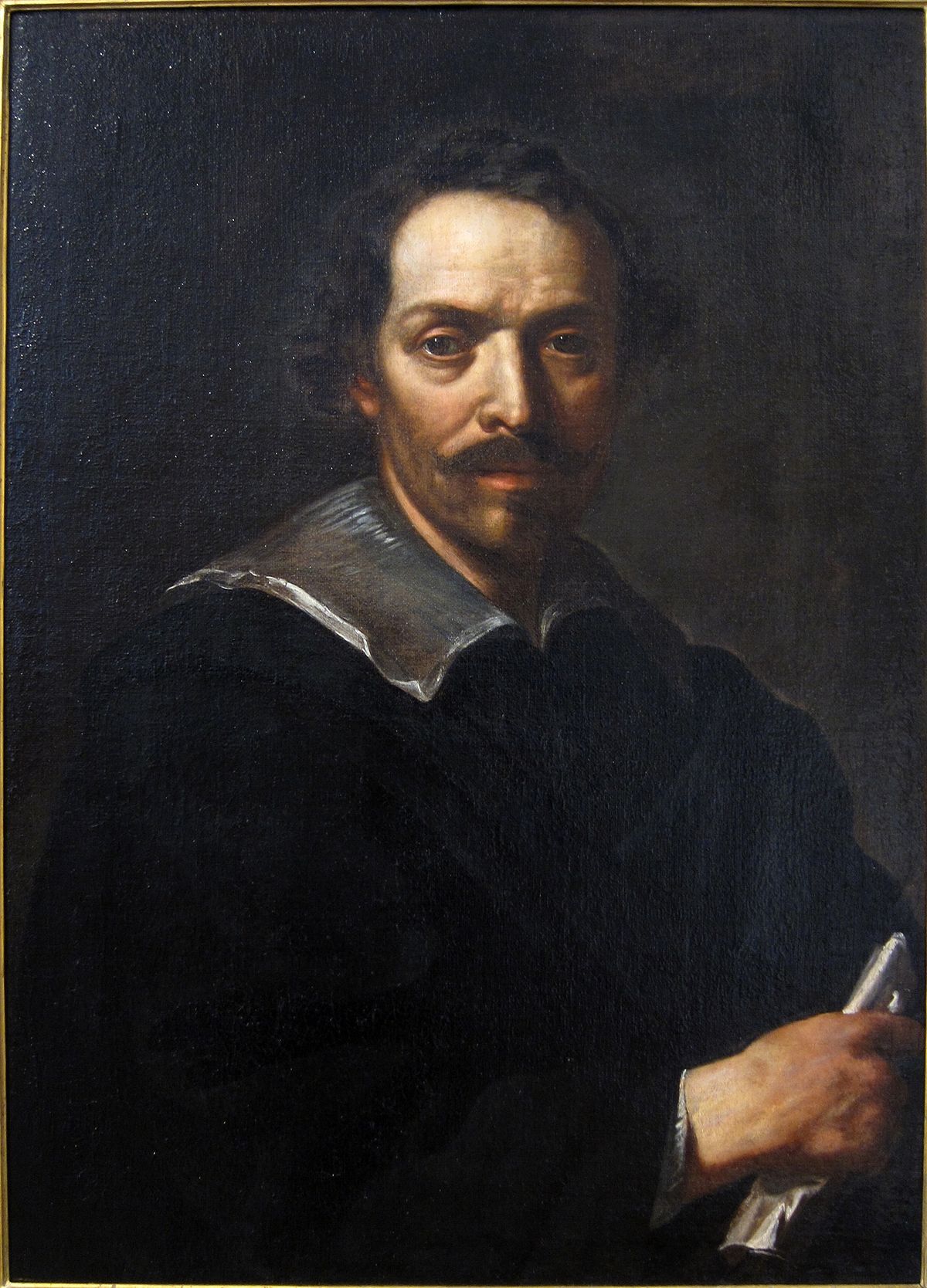

November 1, 1596, was born one of the most famous Italian Baroque masters Pietro da Cortona. His paintings are filled with light and air, the compositions are dynamic and sophisticated, baroque does not like static poses, and Cortona is a vivid example of the embodiment of this baroque principle.
Pietro Berrettini, this is the real name of the artist, studied in Cortona in 1609 – 1612., why he received the nickname “from Cortona”. The talent of the young painter was noticed by Pope Urban VIII, and, being under his patronage, Pietro daCortona moved to Rome.
His most famous work is the plafond of the Roman palazzo Barberini “The Triumph of Divine Providence.” It presents an allegorical composition that glorifies Pope Urban VIII, a member of the Barberini family. Inside the illusionistically interpreted architectural frame of the central part of the plafond, a fragment of the sky with clouds and a multitude of figures in fluttering clothes opens. The twisted lines lead the viewer to the heart of the composition, to where the angels hold the papal tiara and the keys of St. Peter, symbolizing the papal virtue of Urban VIII. Work on the plafond of the Palazzo Barberini continued from 1633 to 1639.
The paintings and frescoes and Cortona are characterized by rich allegorical content and complex symbolism, a classic, clearly thought out composition, combined with a turbulent, theatrical expression.
In architecture, the talent of Pietro da Cortona manifested itself with no less brightness. In his most significant buildings in Rome: the Villa Sacchetti (1625-1630), the churches of Saints Luke and Martina (1634-1650), Santa Maria in-Viva Lata (1658-1662) – Pietro da Cortona showed himself as an outstanding architect of the Baroque . One example of his great talent is the ensemble of the square with the church of Santa Maria della Pace, which graphically embodies the urban principles of the Roman Baroque. Dynamism, a few theatrical effect, masterful use of convex and concave surfaces are different buildings of Pietro da Cortona.
Pietro da Cortona died in Rome on May 16, 1669.